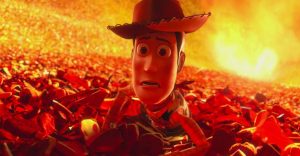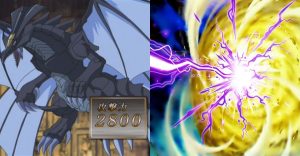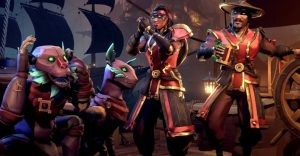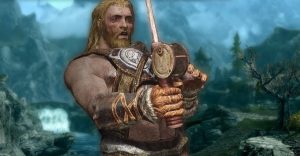House Of The Dragon Will Change How You See Daenerys’ Dragons

The upcoming Game of Thrones prequel show, House of the Dragon, can change perceptions of Daenerys Targaryen’s dragons. House of the Dragon, which has been co-created by George R.R. Martin and Ryan Condal, will take place over 150 years before the events of Game of Thrones. It’s a long way from telling Daenerys’ story, and presents a very different view of Westeros and the house that ruled it for so long.
In Game of Thrones, Daenerys believes herself a Targaryen alone in the world after the death of her brother, Viserys. However, that’s offset by her three “children” – her trio of dragons, Drogon, Viserion, and Rhaegal. The winged beasts became a hallmark of Game of Thrones, which seemed increasingly intent on showing off its CGI and spending a bulk of its budget on the fire-breathing creatures, who took part in some of its greatest moments of spectacle. Daenerys’ dragons, particularly Drogon, grew exponentially over the course of Game of Thrones, where even just one dragon was a miraculous (and often, not believed) thing).
House of the Dragon, however, will paint a different picture. Building to the Targaryen Civil War known as the Dance of the Dragons, this is a time period where it’s believed there are more Targaryens in Westeros than ever before, and with that comes a lot more dragons too. Not only can House of the Dragon show what so many dragons at the same time looks like and flesh out the species, but it can change ideas of how big and how powerful Dany’s were, while also showing off elements that Game of Thrones wasn’t able to. By the time of the Dance of the Dragons, there are around 20 dragons in action; while Balerion, the largest dragon ever known, is dead by this point (though could still be shown in flashbacks to King Viserys I Targaryen’s youth, albeit it’s a long shot), there are others somewhat comparable.

These include Vhagar, who was part of Aegon’s Conquest (ridden by Queen Visenya) and is around 180-years-old during the Dance of the Dragons, where she is almost as big as Balerion and more than twice as large as many younger dragons. While the show had Drogon grow to the size of a 747, if House of the Dragon is even somewhat accurate to the size of the dragons, then even he should look smaller by comparison, and Rhaegal and Viserion much more so. They were all effectively still children, and so should be a fair bit smaller than the fully grown (in some cases, over a century old) dragons around the timeline of House of the Dragon. Other dragons, such as Daemon Targaryen’s Caraxes and Lucerys Velaryon’s Arrax, are notably smaller than Vhagar, and yet still impressive in size, and would likely be bigger than at least Dany’s two smaller dragons.
The Dance of the Dragons itself is an opportunity to show just what dragons are capable of. While Game of Thrones showed some of this, such as Daenerys’ destruction of King’s Landing or the Battle of Meereen, there’s even greater firepower to be put on display. Perhaps most notably, there will be a lot of dragon vs. dragon action, giving a much greater look at how they fight when up against an opponent of (almost) equal size and power. Game of Thrones only briefly had Drogon and Rhaegal face off with the undead Viserion, and even then it was in the darkness of the Battle of Winterfell. The Dance of the Dragons can fully show just what dragons – ones who are fully matured and trained for battle – are capable of, in all their devastating might.
The flip-side of this, though, is that it can also better explain what happened to dragons, with many being killed either during the Dance of the Dragons or in the fallout from it (in particular those who were kept in the Dragonpit). House of the Dragon can show House Targaryens and their dragons at their very best, but will also show the death and decline that leads to Daenerys and her dragons. It will add greater context to that journey, but should also include dragons even bigger and more powerful than those seen on Game of Thrones.
About The Author

















